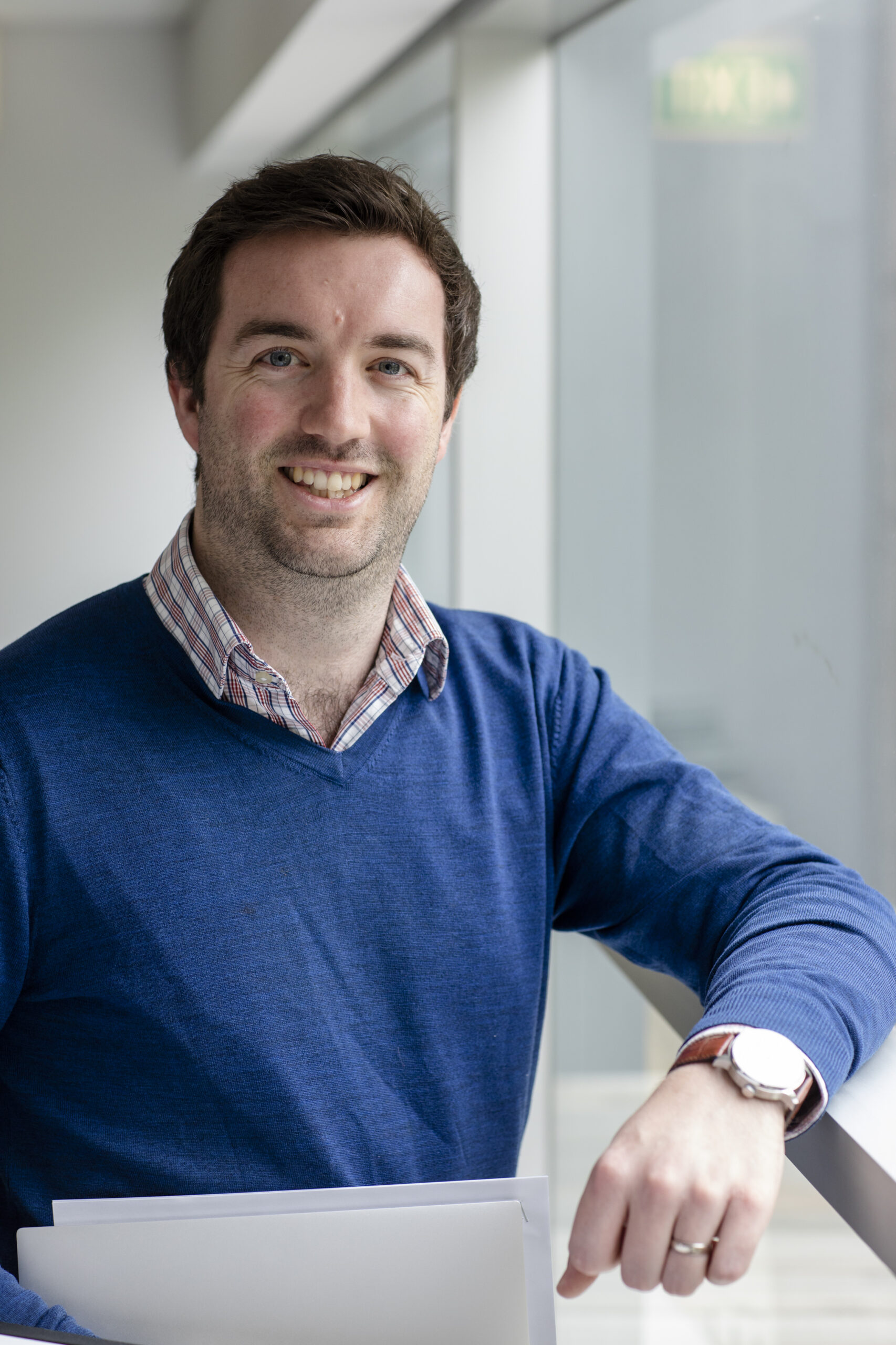Posted 26 June 2022

Generating insights from biological data has the potential to drive quantum leaps in our knowledge of disease – particularly in how medical care might be personalised for better individual outcomes.
“The sequencing and interpretation of DNA – genomics – is generating a plethora of data,” says Davis.
“Human DNA has more than three billion components, so the exact links between what’s ‘written’ in our genes and individual disease outcomes are mind-bogglingly complex. And while we know that genetic inheritance affects our individual risk and trajectory of disease, environmental factors are also in play throughout our lives.”
“The combination of computational grunt and human statistical ingenuity can really make a difference in making sense of these many variables. Mapping associations between genes and disease will be incredibly powerful in helping us improve diagnosis, treatment and – ultimately – focus on preventative care.
Machine learning has in recent years been gaining prominence across a number of domains, and this technology also has strong potential for application in bioinformatics and healthcare. A sub-field of artificial intelligence, machine learning involves ‘teaching’ a computer program to learn from its experience of data, resulting in better recognition of patterns over time.
“Working with Adjunct Associate Professor Helen Frazer, from St Vincent’s Hospital Melbourne BreastScreen Victoria clinic, alongside experts from the Universities of Melbourne and Adelaide, we’re using machine learning to improve the analysis of mammograms,” Davis explains.
“In testing to date, we’re seeing how digital ‘intelligence’ can augment our human expertise in identifying breast cancers. Ultimately, our goal is to help women get more accurate results more quickly.”
Bioinformaticians at SVI are also studying single-cell gene expression – how and why genes can do different things in different cells. This work has huge potential to offer insight into the growth and behaviour of cancer cells, as well as other complex diseases including diabetes and lung disease.
“Technology now enables us to investigate differences in what genes are doing, cell by cell: we call this ‘single-cell genomics’. But we don’t yet have statistical or analytical methods to match the complexity of the data we can produce with this technology. Our research at SVI will drive the innovative modelling techniques needed to take full advantage of these new data streams – which will, in turn, accelerate discovery in cancer and other diseases,” says Davis.
“There are really no limits to what we can do with data. The barriers are finding people with the right skills and knowledge – a mix of computational and scientific – then being able to put in place the collaborations and the big computing infrastructure that can push their work forward.”